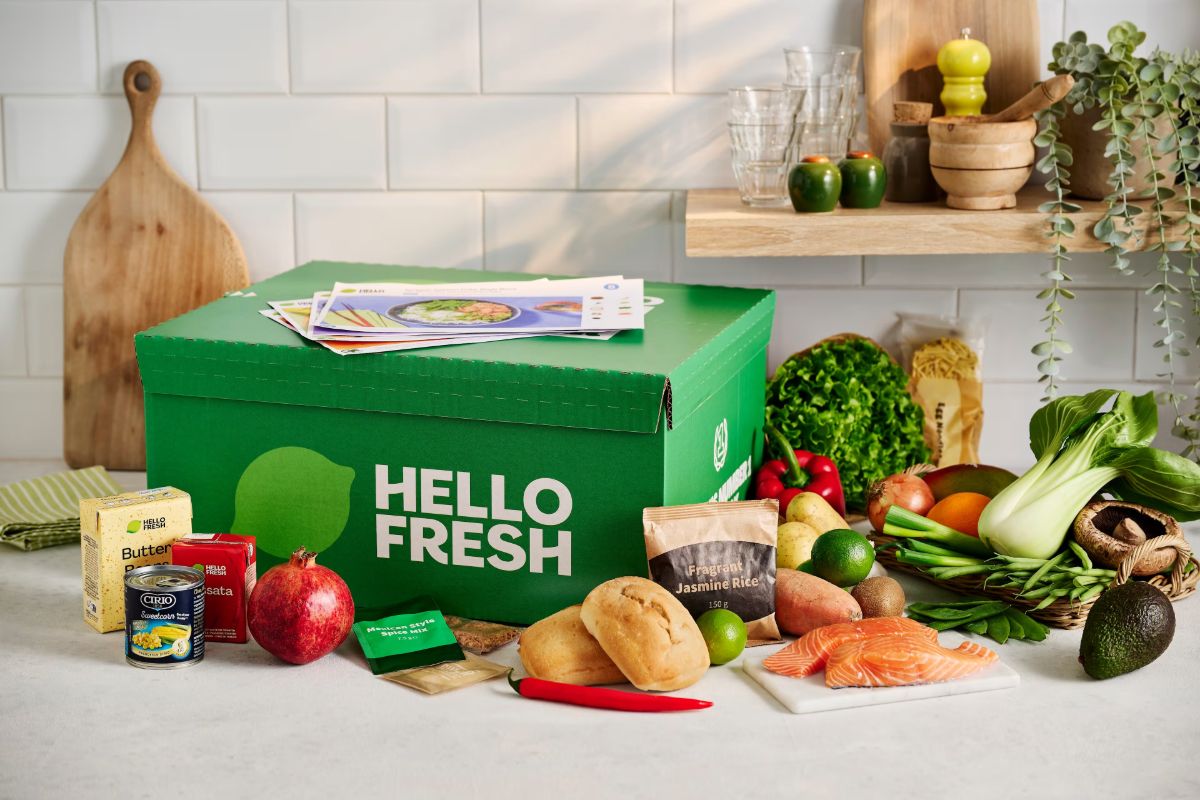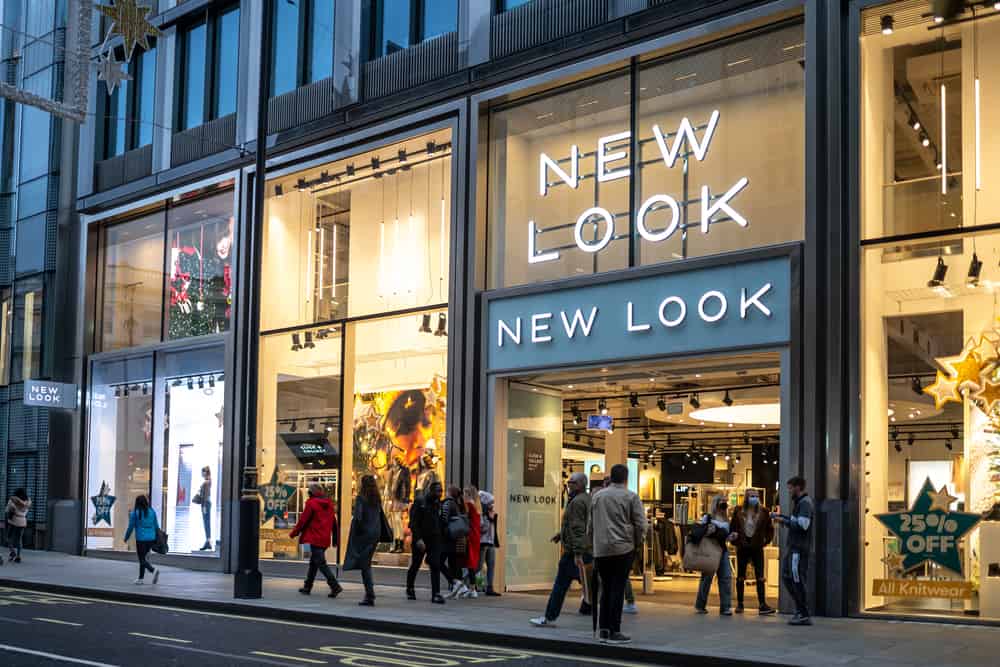Venture capitalists and agile start-ups are pumping billions into disrupting traditional postal delivery services. Emma Herrod reports on an Accenture investigation into new delivery models and how postal organisations are turning to M&A activity to remain competitive.
Billions of dollars in venture-capital funding have poured into the post and parcel industry in the last two years, driven by the continued popularity of ecommerce and increased competitiveness in hyper-local, start-up delivery models, according to a report from Accenture.
‘The New Delivery Reality: Achieving High Performance in the Post and Parcel Industry’ report shows that venture-capital funding of supply chain and logistics start-ups, integral to delivery services, has increased more than 10-fold in the past three years, from US$266m (£205m) in 2013 to US$2.78bn (£2.15bn) in 2016.
The number of deals and the size of funding for those deals also increased, according to the report. In 2013, there were 52 deals supporting supply chain and logistics, totalling about $266m (£205m), or roughly $5.1m (£3.94m) per deal. Two years later, the average deal cost was valued at $6.4m (£4.95m). But, by the first quarter of 2016, $1.75bn (£1.35bn) was spent on just 36 deals, an average of $49.7m (£38.4m) per deal, the study shows.
Groups outside of traditional delivery services and postal organisations are seeing growth opportunities as retailers compete to reach consumers wanting the highly appealing same-day delivery offers.
This change in consumer behaviour is causing tensions for traditional global delivery models, calling into question the use and importance of a robust, national delivery network, says Brody Buhler, who leads Accenture’s global post and parcel practice.
“Think the way Amazon thinks of ecommerce or Uber thinks about transportation. Both disrupted the status quo by directly responding to consumer needs and interests. Uber will pick you up at the location of your choice at the time you request,” says Buhler. “Consumers ordering online want the ability to have that same hyper-local delivery. Instead of waiting for the letter carrier to drop it off in five days, they’re beginning to turn to smart, agile start-ups with delivery areas often limited to less than 50 miles that focus on speed and convenience,” he added.
GROWTH IN INNOVATION
In 2016, there were 58 Amazon Prime Now hubs in the US stocking high-velocity items for same-day delivery. Amazon plans to open Prime Now hubs in Germany, Spain and Italy. Start-up Onibag built a next-day network across 70 cities in five US states, despite not owning any vehicles or distribution centres. It crowdsources first- and last-mile services, using excess capacity on a national bus system and ride-sharing to transport packages.
Onibag isn’t alone, the report shows. Uber, for example, is experimenting with UberRUSH, an on-demand delivery network of trackable contract couriers. Shyp will pick up packages using its own employees and connect the package to the US Postal Service, FedEx, UPS, OnTrac or other regional carriers – automatically figuring out the best carrier to use for each, individual delivery. Instacart offers last-mile delivery from a grocer, crowdsourcing to match orders with independent users who enrol in the platform as shoppers or drivers.
PiggyBaggy in Finland and 123Feng.com in China are just two of the many new entrants in the on-demand, shared transport delivery business. In Scotland, Menzies uses an integrated IT solution that allows it to deliver parcels from other carriers. Ninja Collect gives consumers in southeast Asia the option of picking up their purchases in a brick-and-mortar store or having them delivered to a secure parcel locker throughout the region. KombiBUS serves a low-populated area in northeast Germany, using an existing bus infrastructure to combine the transport of goods, post and passengers. KombiBUS also has influenced regional development. Farmers who supply dairy products, cheeses and other local farm products use the new transport system to expand their sales area to Berlin.
M&A ACTIVITY
Traditional post and parcel organisations are increasing investments as well, focused on products and services to keep up with the demand being generated by ecommerce. Industry capital expenditure has grown over 40% from 2013 to 2015 as post and parcel organisations make significant investments in increased capacity, new capabilities and diversification to keep up with ecommerce-driven change and demand, according to the report. Capital expenditure as a percentage of postal revenue averaged about 3.7% globally in 2013 and increased to 5.1% in 2015.
The report also found that merger and acquisition activity in the post and parcel industry is high as well. The industry has been active in M&A but nearly one-third of postal organisations account for 80% of all deals during the last five years, led by: La Poste in France (35 acquisitions); Post Nord in Denmark (22); SingPost in Singapore (15); DP DHL in Germany (14); Austrian Post (13); and Posten Norgen in Norway (12).
What is disrupting delivery?
Talking at the MetaPack Delivery Conference, Brody Buhler, Global Managing Director, Post & Parcel Industry at Accenture, shared four areas which are having an impact on delivery and disrupting traditional delivery models.
Consumer expectations and behaviour: Smartphone adoption is driving changes in consumer behaviour and the way that they have near-instant access to data. Mobile is putting them in control and they expect the shipping event to be as mobile as the purchasing experience. This has made delivery the second half of the purchasing experience. It has led to a shortening of the time between purchase and delivery as consumers expect instant access, same-day delivery and new ways of receiving their purchase.
Etailers are repositioning their competitive proposition: Competitive models are changing as pricing is no longer the key to online purchasing. The next round is going to concentrate on ‘free and fast’ as consumers expect convenience and experience. Retailers will use data to understand where and when they need to locate products to make customers happy, bringing inventory closer to the shopper either with DCs, ship from store or investing in new delivery options.
Venture funded start ups: VCs have taken a keen interest in the delivery market since it’s an inefficient market which is growing rapidly. Start ups believe that they can create a different model and carry out delivery differently. They are asset light, information rich and can be very agile and cost efficient. The incumbents, therefore, are also increasing their investment as they build out capabilities.
Technology: Artificial intelligence and machine learning can look at numerous data sets in new ways bringing insight which Accenture thinks will be a powerful tool for the delivery market and for retailers. Technology is also enabling new sources of data to be shared such as Uber making traffic data available. Forecast data is helping companies to understand where are how people are moving around a city, which when combined with prediction and proximity means goods can be brought closer to where the retailer believes a consumer will need them. Uber, for example, is doing this with cars; if a customer is dropped off at a restaurant at lunchtime it’s likely that they’ll need a taxi back to the office a set time later.
Crowd-sourced capability is allowing the 5-9pm requirement for delivery to be carried out by people who have just left work in an office. As Buhler says, the better a company is at anticipating, predicting and personalising the more efficient it will be.
And then there are autonomous delivery vehicles which are being developed faster than many people think. Predicted costs for drone deliveries vary from 74p with others estimating the cost as 36p. JD.com, in China, is using 500 drones a day to do deliveries and it says that each delivery costs just six pence. Obviously, as you take labour out of delivery, the cost models decrease significantly…
Almost all national postal organisations are investing in additional capacity to accommodate ecommerce growth, especially for peak periods, and a new M&A trend has emerged, the report shows. Acquisitions today – unlike during the last 15 years – are smaller, more specialised and focus on logistics and transportation; parcels and express; technical and software; and financial services. In 2015, about 60% of all M&A activity was conducted outside the postal organisation’s domestic country as companies try to tap into cross-border deliveries and increase customer footprint.
“Our research shows we’re going to see an exponential growth in global ecommerce over the next three years, with the bulk of it being delivered the next day or the same day to consumers who aren’t willing to pay a premium price for that service,” says Buhler. “Delivery organisations need to make decisions today to be competitive and viable in that future.”





